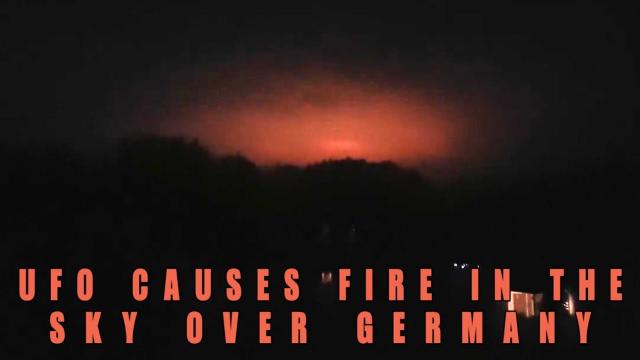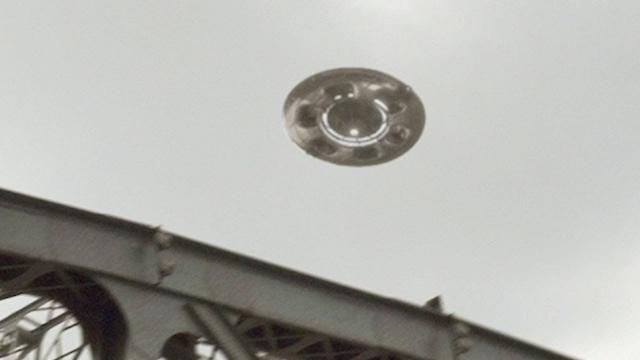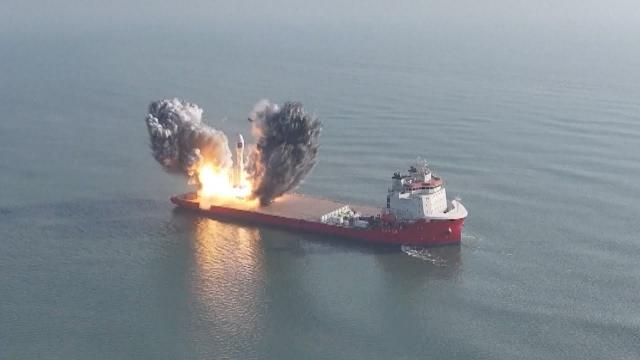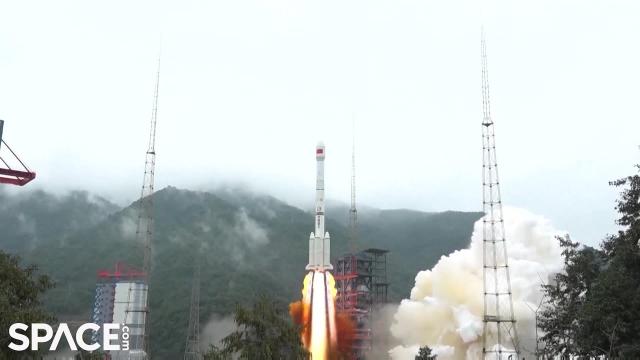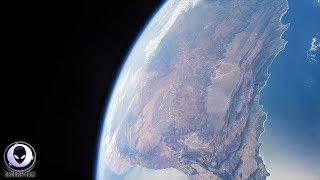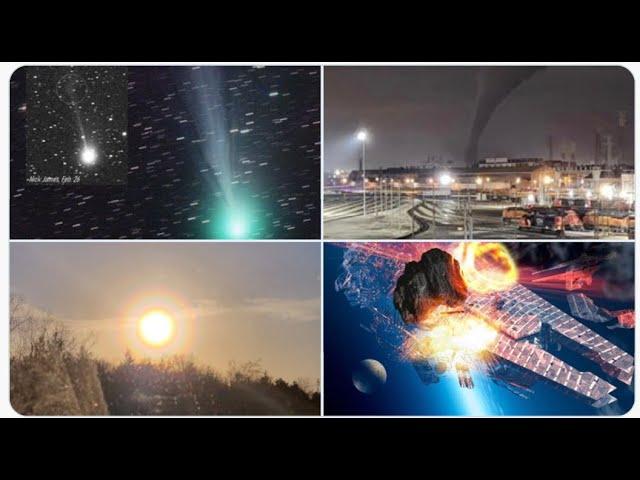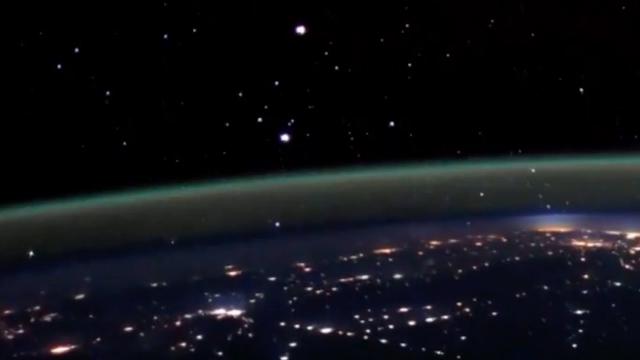Satellites could SMASH into each other over Pittsburgh causing Debris Swarm
Description
1-5% chance today at 6:29 pm et
God bless everyone,
T LEWISON
5430 BIRDWOOD RD. #416
HOUSTON TEXAS 77096
WWW.PAYPAL.ME/THORNEWS
www.venmo.com/TEric-Lewison
$THORnews on CashApp
https://www.patreon.com/thornews
the article
https://www.space.com/possible-space-junk-crash-nasa-iras-ggse-4-ssatellites-debris-.html
Two long-dead satellites — the Infrared Astronomical Satellite (IRAS) and the Gravity Gradient Stabilization Experiment (GGSE-4) — will whiz past each other this evening (Jan. 29) about 560 miles (900 kilometers) above Pittsburgh, Pennsylvania.
At closest approach, which occurs at 6:39 p.m. EST (2339 GMT), the two defunct craft will be just 39 feet (12 meters) apart, according to the latest calculations by California-based satellite-tracking company LeoLabs.
Video: Watch How Close NASA's IRAS and GGSE-4 Satellites Will Get
Related: Space Junk Clean Up: 7 Wild Ways to Destroy Orbital Debris
Those calculations also peg the probability of a collision between IRAS and GGSE-4 at around 1%, but possibly as high as 5%, LeoLabs said via Twitter this morning. And a crash would be pretty destructive, considering that both hunks of metal are traveling at more than 32,000 mph (51,500 km/h).
If the collision happens, "I would expect it to be comparable to, but maybe not quite as bad as, the Iridium-Kosmos collision in 2009," said Jonathan McDowell, an astronomer at the Harvard-Smithsonian Center for Astrophysics who monitors many of the objects circling Earth using publicly available U.S. tracking data.
That February 2009 crash, which involved the operational Iridium 33 communications satellite and the defunct Kosmos-2251 Russian military craft, spawned 1,800 pieces of trackable debris by the following October, as well as many other shards too small to detect from the ground. It's perhaps the most famous space-junk event in history, rivaled only by a notorious 2007 Chinese anti-satellite test and a similar Indian demonstration last year.
"So you would see, maybe not thousands of pieces of trackable debris, but at least hundreds," McDowell told Space.com.
GGSE-4 weighs about 190 lbs. (85 kilograms) — much less than IRAS, which tips the scales at nearly 2,400 lbs. (1,090 kg). (Reports that GGSE-4 weighs just 10 lbs., or 4.5 kg, are based on a mistaken assumption that GGSE-4 is similar to GGSE-1, which was a much simpler satellite, McDowell said.)
Most of the debris spawned by a collision between IRAS and GGSE-4 would likely stay in the more massive satellite's path — a sun-synchronous orbit (SSO), which takes a spacecraft over a planet's poles.
"And that's unfortunate, because sun-synchronous orbit is where everyone wants to be," McDowell said. "So, there's a bunch of satellites in that altitude range and orbit."
These include many weather and spy satellites, which take advantage of the consistent lighting. (Spacecraft in an SSO pass over a given patch of Earth at the same local solar time each day, meaning that illumination conditions are consistent across observations.)
IRAS' orbit is similar to the Chinese weather satellite that was destroyed in the 2007 test, McDowell added.
"So, there's already a lot of debris in that orbit," he said. "Adding more would not be good."
Even tiny pieces of debris can be satellite killers, given how fast objects move in Earth orbit. So, a few collisions in a heavily trafficked patch of space could theoretically lead to a catastrophic cascade of smashups that significantly reduces access to, and exploitation of, the final frontier — a nightmare scenario known as the Kessler syndrome.
Related: How Much Space Junk Hits Earth?
More close calls coming
It's not uncommon for chunks of debris to give satellites a close shave. But it is quite rare for two satellites to whiz so close together, said McDowell, who estimated that such events occur once every two years or so.
But these close calls will occur more often in the future as Earth orbit gets more and more crowded. This crowding is occurring because it's getting cheaper and easier to build and launch spacecraft, and also because a few companies are starting to assemble internet-satellite megaconstellations.
For example, SpaceX has permission to launch 12,000 satellites to low-Earth orbit for its Starlink broadband network and has filed paperwork for up to 30,000 more craft. To put this into perspective: About 2,000 operational satellites currently circle Earth, and humanity has lofted a mere 9,000 or so since the dawn of the space age in 1957. And SpaceX's plans are not just hypothetical; Elon Musk's company has already launched four 60-satellite Starlink batches, including one this morning.
Active Starlink craft are a far cry from inert derelict satellites, of course; SpaceX's satellites will be able to sense and autonomously maneuver away from potential collisions, Musk has said. (This

